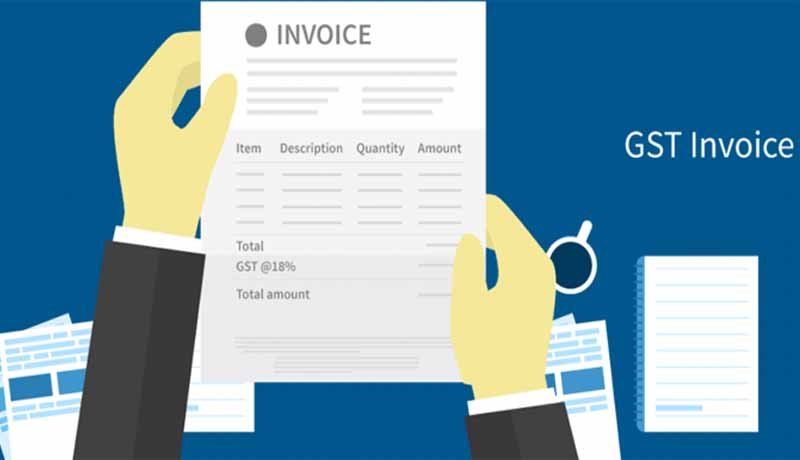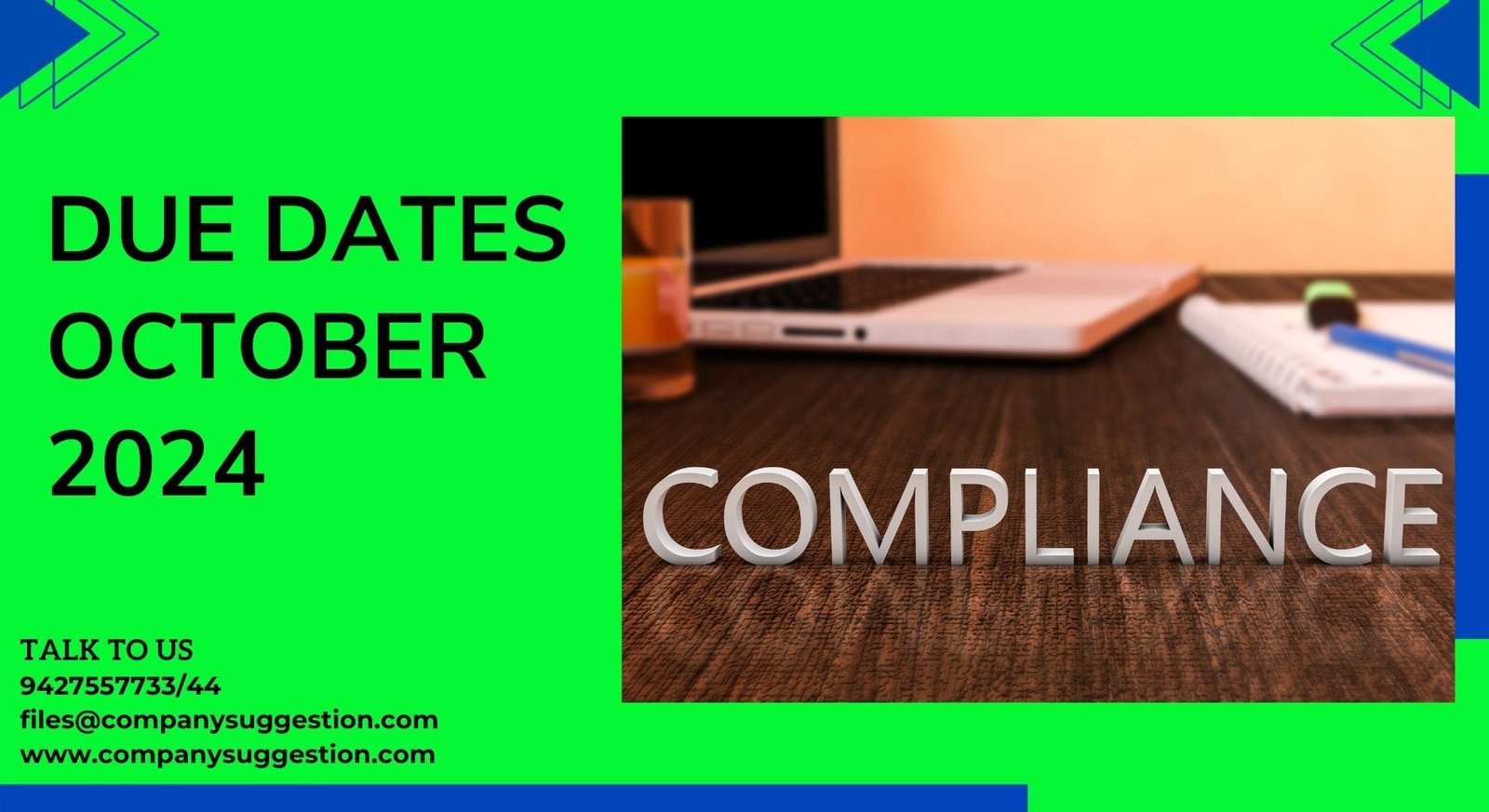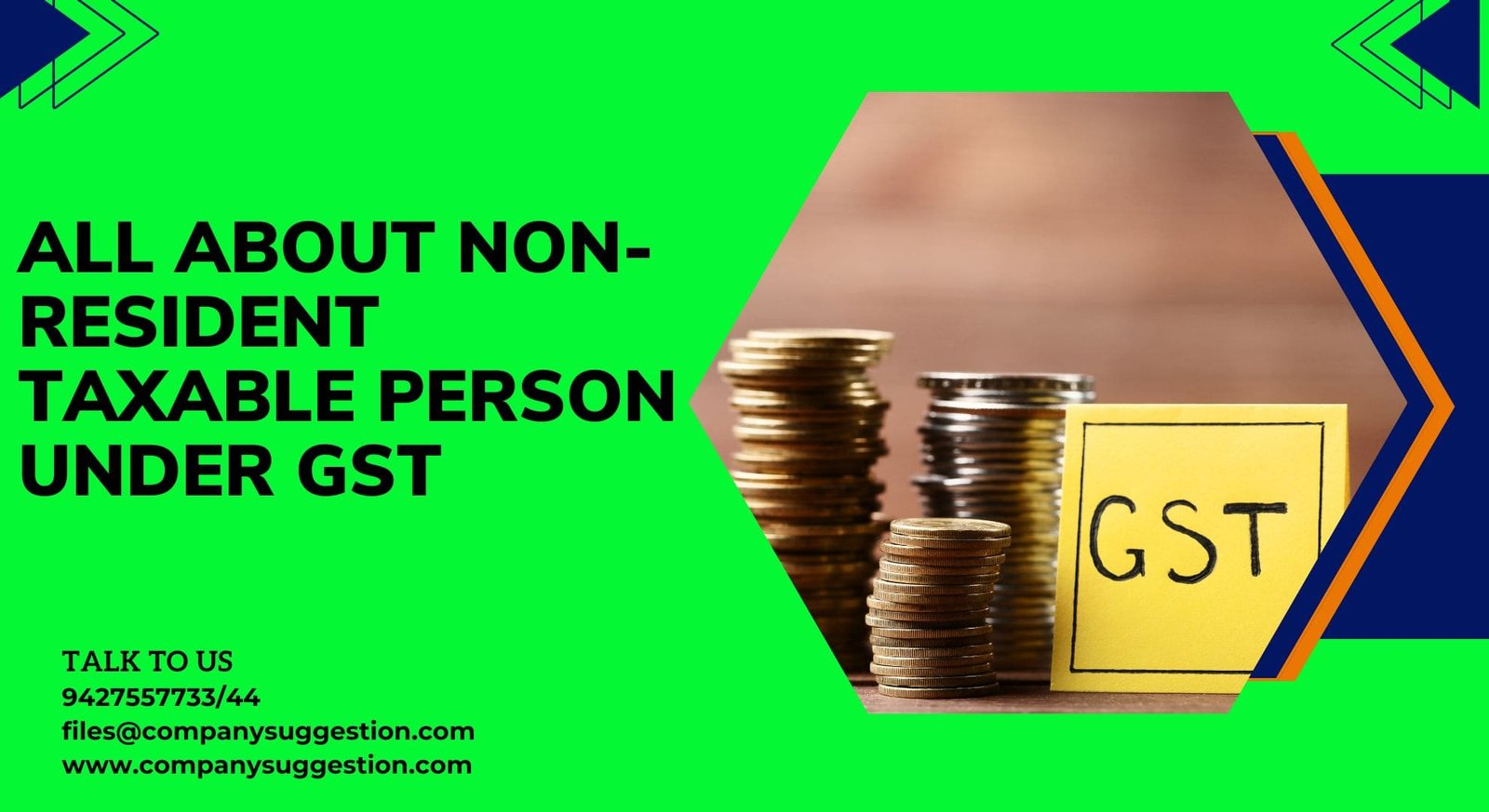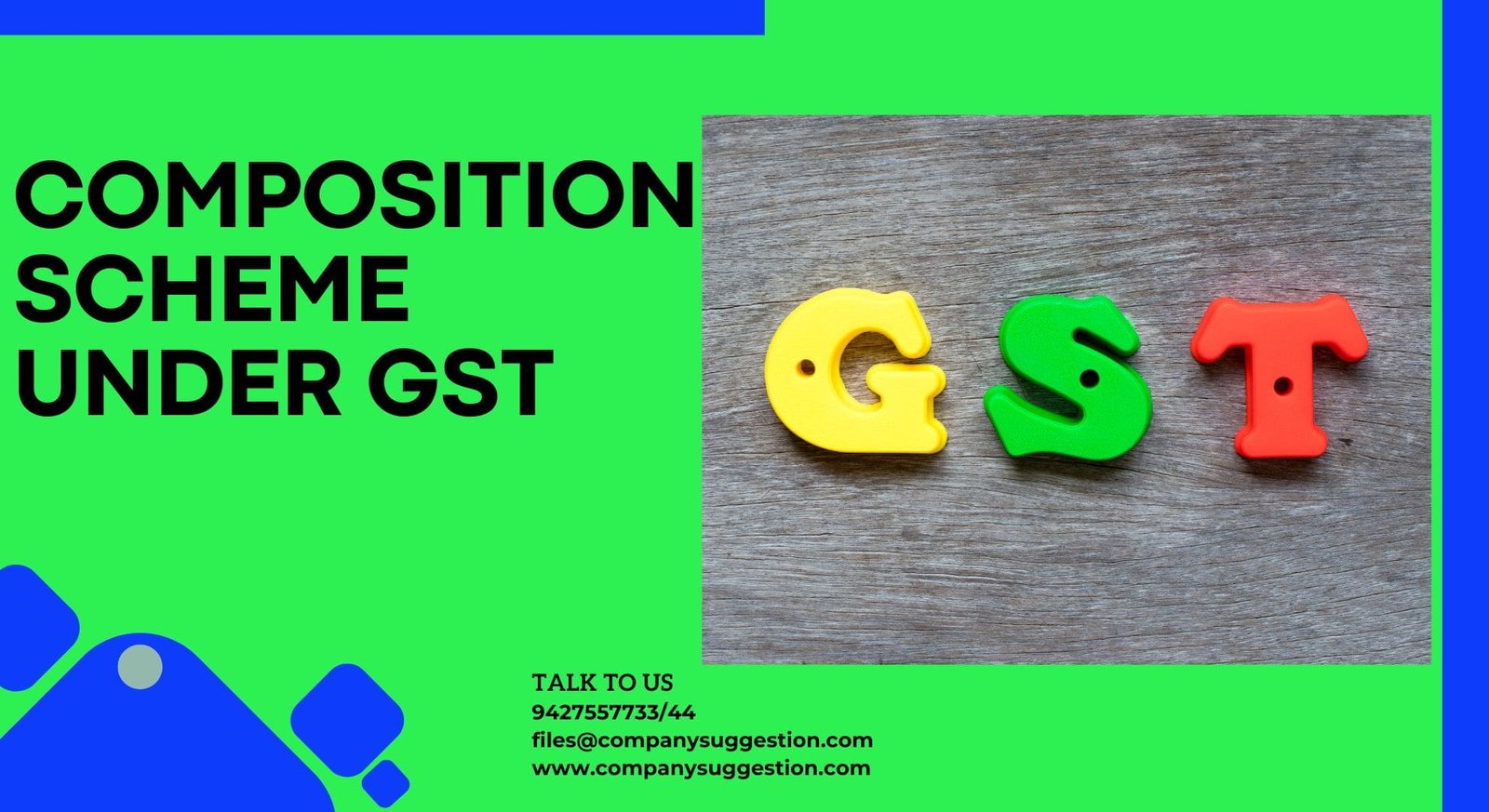1. What is E-invoicing?
‘E-invoicing’ or ‘electronic invoicing’ is a system in which B2B invoices are authenticated electronically by GSTN for further use on the common GST portal.
Under the proposed electronic invoicing system, an identification number will be issued against every invoice by the Invoice Registration Portal (IRP) to be managed by the GST Network(GSTN).
All invoice information will be transferred from this portal to both the GST portal and e-way bill portal in real-time.
Therefore, it will eliminate the need for manual data entry while filing ANX-1/GST returns as well as generation of part-A of the e-way bills, as the information is passed directly by the IRP to GST portal.
2. What is the current system in place for issuing invoices?
Currently, businesses generate invoices through various software’s, and the details of these invoices are manually uploaded in the GSTR-1 return. The invoice information is thereafter reflected in GSTR-2A for the recipients for viewing only. On the other hand, the consignor or transporters must generate e-way bill by again importing the invoices in excel or JSON manually.
Under the new return system, an annexure in form GST ANX-1 will mostly take the place of the GSTR-1 return. However, the process of generating and uploading invoice details will remain the same. It will be done by importing using the excel tool/JSON or by the online entry of data. A seamless flow of data is expected for e-way bill generation. e-invoicing will be the key tool to enable this.
3. How will Electronic invoicing benefit businesses?
Businesses will have the following benefits by using e-invoice initiated by GSTN:
E-invoice resolves and plugs a major gap in data reconciliation under GST to reduce mismatch errors.
E-invoices created on one software can be read by another, allowing interoperability and help reduce data entry errors.
Real-time tracking of invoices prepared by the supplier is enabled by e-invoice.
Backward integration and automation of the tax return filing process – the relevant details of the invoices would be auto-populated in the various returns, especially for generating the part-A of e-way bills.
Faster availability of genuine input tax credit.
Lesser possibility of audits/surveys by the tax authorities since the information they require is available at a transaction level.
4. What is GSTN’s e-invoicing initiative?
GSTN had released the draft version of e-invoice format in an excel template and made it available for public feedback around 20 August 2019. The same was approved by the GST Council with some alterations at the 37th GST Council meeting held on 20 September 2019. GSTN associated with ICAI drafted the format to be compliant with the GST and other Indian tax laws. Apart from these, the format adheres to international and various industry standards. The e-invoice format looks exhaustive and a single format caters to different industries and businesses.
Any existing accounting or invoicing software/ application provider (SAP/Tally/Busy) must follow the PEPPOL standard for invoice generation. Taxpayers will, therefore, be able to generate a compliant invoice at the source. GSTN referred the PEPPOL (Pan European Public Procurement Online) standard, which works on Universal Business Language (UBL) version of electronic XML. Currently, PEPPOL is the most used standard across the globe. The system advocates diversified business applications and trading communities to exchange information along their supply chains using a common or a standard format. It enables a single point of data entry into electronic commerce for businesses. Thereafter, the data flows across different portals with the help of an IRP.
The GSTN’s e-invoice will contain the following parts:
(1) E-invoice schema: It consists of the technical field name, description of each field, whether it is mandatory or not, and has a few sample values along with explanatory notes.
(2) Masters: Masters will specify the set of inputs for certain fields, that are pre-defined by GSTN itself. It includes fields like UQC, State Code, invoice type, supply type, etc.
(3) E-invoice template: The template is as per the GST rules and enables the reader to correlate the terms used in other sheets. The mandatory fields are marked in green and optional fields are marked in yellow.
5. When will E-invoicing get implemented?
The taxpayers with annual aggregate turnover of over Rs 500 Crore can voluntarily generate e-invoices starting from 7 January 2020 through APIs. Whereas the taxpayers with the turnover over Rs 100 but less than Rs 500 Crore can join them from 1 February 2020. The electronic invoicing will be mandatorily implemented from 1 April 2020. for taxpayers with turnover over Rs 100 Crore. The aggregate turnover will include the turnover of all GSTINs under a single PAN, across India.
6. What is the process of getting an e-invoice?
The following are the stages involved in generating or raising an e-invoice.
1: Taxpayer must ensure to use the reconfigured ERP system as per PEPPOL standard. He must coordinate with the software service provider to incorporate the standard set for e-invoicing, i.e. e-invoice schema (standards) and must have the mandatory parameters, at least. It should be capable of generating the JSON file for multiple invoices together. Those taxpayers not having any software will be provided offline utility. At a future date when e-invoicing applies to small taxpayers, they can choose from 8 different accounting and billing software’s all tied up with the GSTN. It is available free of cost. It is available both as online (cloud-based) as well as offline (installed on the computer system of the user).
2: The taxpayer must thereafter raise a normal invoice on that software. He must give all the necessary details like, billing name and address, GSTN of the supplier, transaction value, Item rate, GST rate applicable, tax amount, etc.
3: Upload the details of invoice especially mandatory fields onto the IRP using the JSON file only. It can be done directly or through GSPs or APIs(apps or software providers). The IRP will act as the central registrar for e-invoicing and its authentication. There are several modes of interacting with IRP such as web-based, API-based, SMS based, mobile app-based, an offline tool-based, and GSP based.
4: IRP will validate the key details of the B2B invoice, checks for any duplications and generates an invoice reference number (hash) for reference. There are four parameters: Seller GSTIN, Invoice number, and FY in YYYY-YY) and document type (INV/DN/CN).
5: IRP generates the invoice reference number (IRN), digitally signs the invoice and creates a QR code in Output JSON for the supplier. On the other hand, the seller of the supply will get intimated of the e-invoice generation through email (if provided in the invoice).
6: IRP will send the authenticated payload to GST portal for GST returns. Additionally, details will be forwarded to the e-way bill portal, if applicable. ANX-1 of seller and ANX-2 of the buyer gets auto-filled for the relevant tax period. In turn, it determines the tax liability.
A taxpayer can continue to print his invoice as being done presently with logo. e-invoicing system only mandates all taxpayers to report invoices on IRP in electronic format.
7. How will E-invoicing curb tax evasion?
It will help in curbing tax evasion in the following ways:
Tax authorities will have access to transactions as they take place in real-time since the e-invoice will have to be compulsorily generated through the GST portal.
There will be less scope for the manipulation of invoices since the invoice gets generated prior to carrying out a transaction.
It will reduce the chances of fake GST invoices and the only genuine input tax credit can be claimed as all invoices need to be generated through the GST portal. Since the input credit can be matched with output tax details, it becomes easier for GSTN to track fake tax credit claims.
8. What are the mandatory fields of an e-invoice?
E-invoice must primarily adhere to the GST invoicing rules. Apart from this, it should also accommodate the invoicing system or policies followed by each industry or sector in India. Certain information is made mandatory whereas the rest of them is optional for businesses.
Many fields are also made optional and users can choose to fill up relevant fields only. It has also provided a description for every field along with the sample inputs for the interested users. One can see that certain required fields from the e-way bill format are included now in e-invoice such as the sub supply type.
Below is the gist of the contents of e-invoice:
18 Sections (mandatory + optional) consisting of total 133 fields
Out of the 18 Sections – 8 are Mandatory and 10 are Optional
Within 8 Mandatory sections, 34 fields are mandatory and 46 are optional. Must have 33 mandatory fields in the e-invoice.
Within 10 Optional sections, 35 fields are optional and 17 are mandatory (if you opt for any optional section, these are mandatory field.
Latest Updates
As on 13th December 2019
CBIC notified the class of taxpayers who are required to generate an e-invoice on IRP. Those taxpayers who have aggregate turnover of over Rs 100 crores must generate e-invoices from 1st April 2020. Also the fields contained in the e-invoice have been notified in the CGST rules.
As on 10th October 2019
GST Council has approved the e-invoicing template and the mechanism. GSTN has released the finalised version of e-invoicing template as an announcement on the portal.
As on 20th September 2019
As per the decision that was taken at the 37th GST Council Meeting, the new GST return system for all taxpayers and for all forms will be implemented from April 2020.
In August 2019
GSTN has released a draft template of e-invoice for industry feedback by 20 August 2019 known as e-invoice schema.














February 20, 2020, 11:22 am
Thank you for information.